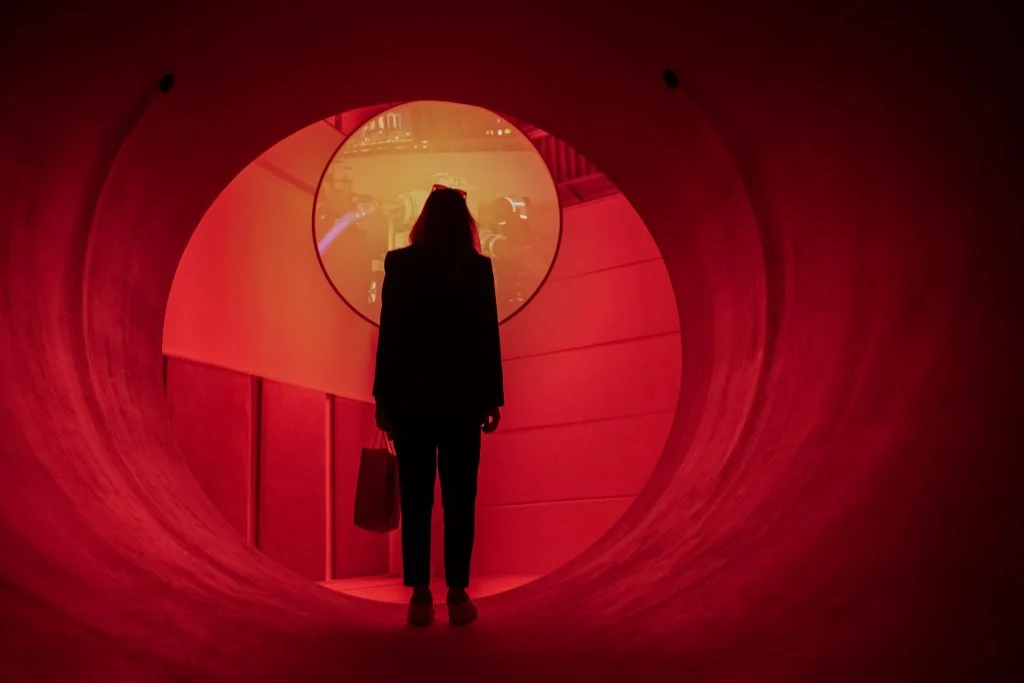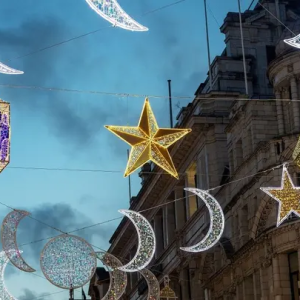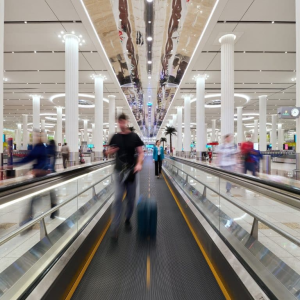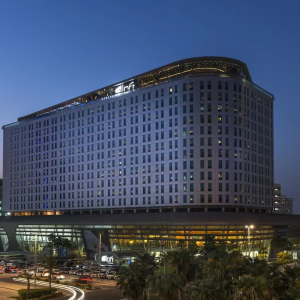The Sharjah Biennial, one of the most influential art exhibitions in the Middle East, has become a powerful platform for artists from the Global South to reclaim their narratives, challenge colonial legacies, and redefine contemporary art on their own terms. Held in Sharjah, UAE, this year’s edition continues to highlight voices that have been historically overlooked, amplifying perspectives that speak to themes of identity, migration, memory, and resistance.
As the global art scene increasingly shifts towards decolonization and inclusivity, the Sharjah Biennial is setting new benchmarks in showcasing thought-provoking, socially engaged art from Africa, South Asia, Latin America, and the Middle East. Here are five must-know artists featured in this year’s Biennial, each contributing a unique and transformative vision to the global art landscape.
1. Zanele Muholi (South Africa) – Reclaiming Black Queer Visibility
South African visual activist and photographer Zanele Muholi has long been at the forefront of documenting and celebrating the Black LGBTQ+ experience. Through striking self-portraits, documentary photography, and mixed-media installations, Muholi challenges societal norms and confronts issues of race, gender, and representation.

At the Sharjah Biennial, Muholi presents a powerful new series that continues their exploration of identity, resilience, and visibility. Their monochrome self-portraits transform the Black body into a site of resistance, reclaiming space in the art world where Black and queer narratives have been historically excluded.
Why It Matters:
Muholi’s work redefines African identity in contemporary art.
They use photography as a tool for activism and visibility in marginalized communities.
Their portraits challenge Eurocentric beauty standards and historical erasure.

2. Tarek Atoui (Lebanon) – Blurring the Boundaries Between Sound and Space
A pioneer in experimental sound art, Lebanese artist Tarek Atoui creates immersive installations that explore the relationship between sound, space, and sensory perception. His works are often collaborative and participatory, engaging the audience in unique ways.
For this year’s Sharjah Biennial, Atoui has crafted a multi-sensory soundscape installation that invites visitors to experience sound not just through hearing but through vibrations and movement. His work redefines how we perceive and engage with art, offering a space where the audience becomes an active participant rather than just an observer.
Why It Matters:
Atoui’s work challenges traditional notions of art by merging sound, performance, and technology.
His installations are often inclusive, creating experiences accessible to both hearing and non-hearing audiences.
His practice expands the possibilities of how sound can be experienced in physical and emotional ways.
3. Firelei Báez (Dominican Republic) – Rewriting History Through Mythology
Dominican-born artist Firelei Báez is known for her vivid, large-scale paintings and sculptures that explore themes of migration, displacement, and historical erasure. Her work often reimagines colonial history through a Caribbean lens, fusing mythology, folklore, and personal identity to reclaim lost narratives.
At the Sharjah Biennial, Báez presents a series of paintings that depict forgotten historical figures and cultural symbols, layering them with intricate patterns, vibrant colors, and mixed-media elements. Her pieces blur the line between the past and present, forcing viewers to confront the complexities of heritage and memory.
Why It Matters:
Báez’s work amplifies Caribbean and Afro-Latinx histories that have been overshadowed by colonial narratives.
Her art challenges the Western-centric retelling of history, offering a new perspective on cultural identity and resilience.
She explores the power of myth and storytelling in shaping contemporary understanding of the past.
4. Zarina Bhimji (Uganda-UK) – Exploring Migration and Postcolonial Legacies
Ugandan-born, UK-based artist Zarina Bhimji is widely recognized for her cinematic photography and film installations that investigate themes of migration, memory, and the remnants of colonial rule. Her works are deeply poetic, often focusing on abandoned landscapes and forgotten histories, evoking a sense of nostalgia and loss.
For the Sharjah Biennial, Bhimji presents a new film and photography series capturing the traces of colonialism in East Africa, using meticulously composed visuals and atmospheric storytelling. Her work does not rely on direct narration but rather allows the audience to immerse themselves in the silence of these landscapes, letting the imagery speak for itself.
Why It Matters:
Bhimji’s work examines the impact of colonial histories on modern societies, urging reflection on their lasting effects.
Her films and photographs highlight the emotional and psychological imprints of displacement and migration.
She brings a deeply poetic and meditative approach to storytelling in contemporary art.
5. Wael Shawky (Egypt) – Reinterpreting History Through Performance
Egyptian artist Wael Shawky is known for his theatrical films, performances, and multimedia installations that reinterpret historical events from an unconventional perspective. His work often reconstructs significant moments in Middle Eastern and global history, challenging dominant narratives through surreal and imaginative storytelling.
At the Sharjah Biennial, Shawky showcases an ambitious film project, blending historical research, puppetry, and reenactments to retell complex moments in Islamic and European history. His distinctive approach—using traditional storytelling techniques while subverting them—forces viewers to question the authenticity of historical records and the way they have been shaped by power structures.
Why It Matters:
Shawky’s work challenges Eurocentric interpretations of Middle Eastern history, reclaiming ownership of historical narratives.
His fusion of fact, fiction, and performance creates an alternative archive of history, one that speaks to forgotten voices.
His use of puppetry and non-traditional storytelling techniques offers a bold reimagining of historical documentation.
The Power of the Sharjah Biennial in Redefining Art from the Global South
The Sharjah Biennial is more than just an art exhibition—it is a cultural movement that seeks to dismantle outdated structures of artistic representation. By centering artists from the Global South, it offers an alternative art history, one that is shaped by the people who have lived it rather than by external forces.
This year’s artists are pushing the boundaries of contemporary art, weaving together themes of memory, migration, resistance, and transformation. Their works challenge dominant narratives, invite reflection, and ultimately contribute to a more inclusive and diverse global art landscape.
As the world turns its gaze to Sharjah, the message is clear: the artists of the Global South are not just participating in contemporary art—they are actively shaping its future.
Do follow Uae stories for more Updates
Dubai Stadium Implements Strict Spectator Rules for Champions Trophy 2025














